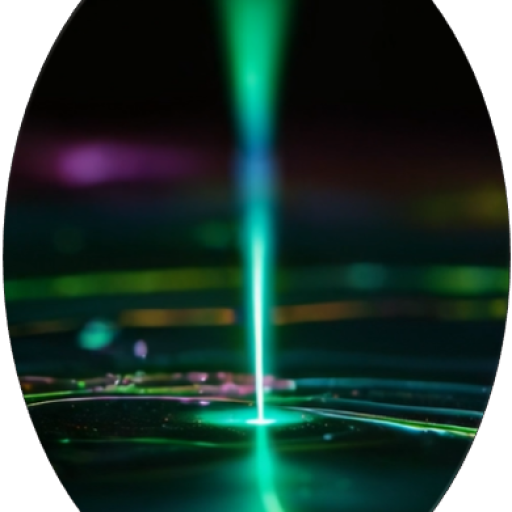Material Versatility: Enabling Breakthroughs in Nanoscale Science
Direct-write deposition techniques provide a wide and gradually increasing array of materials options, including metals, semiconductors, insulators and advanced functional materials like ferromagnets, superconductors and optically-active plasmonic materials. By employing focused particle beams, these methods enable precise material placement, ensuring compatibility across various applications. This flexibility support innovations in fields like nanoelectronics, quantum technology, atomic / magnetic / electric / optical-based force microscopies, superconductivity or optically active plasmonic concepts. By employing focused particle beams, these methods enable precise material placement, ensuring compatibility across various applications. This flexibility supports innovations in fields like nanoelectronics, quantum technology, superconductivity, microrobotics, advanced photonics or MEMS / NEMS. Whether it’s creating conductive pathways, magnetic elements, optical components, or high-performance superconducting circuits, direct-write deposition delivers unparalleled control and versatility at the nanoscale.
Literature
Precursors for Direct-Write Nanofabrication with Electrons; S. Barth, M. Huth, F. Jungwirth; J. Mater. Chem. C (2020), 8, 15884.
Charged Particle-Induced Surface Reactions of Organometallic Complexes as a Guide to Precursor Design for Electron- and Ion-Induced Deposition of Nanostructures; J.-C. Yu et al.; ACS Appl. Mater. Interfaces (2021), 13, 41, 48333.
A Review on Direct-Write Nanoprinting of Functional 3D Structures with Focused Electron Beams; V. Reisecker, R. Winkler, H. Plank; Adv. Funct. Mater. (2024), 34, 2407567.
Roadmap for Focused Ion Beam Technologies; K. Höflich et al.; Appl. Phys. Rev (2023), 10, 041311.
Magnetic Functionalization of Scanning Probes by Focused Electron Beam Induced Deposition Technology; J. Pablo-Navarro, S. Sangiao, C. Magén, J.M. de Teresa; Magnetochemistry (2021), 7 (10), 140.
Pursuing Functionality: Purity vs. Functionality
Achieving targeted functionalities is a cornerstone of direct-write deposition technologies, as it determines the performance and reliability of fabricated structures. For some applications, such as plasmonics or superconductivity, impurity free materials are essential. While only a few precursors enable full purity after deposition, advanced hybrid approaches (lasers, additional gases) and post-growth treatments (e.g. H₂O assisted purification) can produce materials of the highest quality. These refinements ensure the deposition of materials with controlled chemistry, essential for cutting-edge scientific research and demanding industrial applications.
Literature
A Review on Direct-Write Nanoprinting of Functional 3D Structures with Focused Electron Beams; V. Reisecker, R. Winkler, H. Plank; Adv. Funct. Mater. (2024), 34, 2407567.
Living up to its Potential – Direct-Write Nanofabrication with Focused Electron Beams; M. Huth, F. Porrati, S. Barth; J. Appl. Phys. (2021), 130, 170901.
Precursors for Direct-Write Nanofabrication with Electrons; S. Barth, M. Huth, F. Jungwirth; J. Mater. Chem. C (2020), 8, 15884.
Focused Electron Beam Induced Deposition Meets Materials Science; M. Huth, F. Porrati, O.V. Dobrovolskiy; Microelectronic Engineering (2018), 185, 9.
